Cold desert region of Asia stands out for having the largest glaciers and expanse of tableland in highlands and the highest permanent human settlements of the world, globally valued biodiversity and the source of water to several snow-fed international river systems crucial for livelihood of millions of people. Survival of indigenous groups in the absence of any external support since centuries reflects the potential of indigenous knowledge about securing livelihood in an extremely inhospitable physical environment. The region, in terms of conventional development indicators, figures out as one of the most poor regions of the world. Designing and implementing innovative interventions, which enhance local livelihoods coupled with environmental conservations, restoration is a global challenge. United Nations University in collaboration with its network partners has been making efforts to meet this challenge and this volume emanates from the efforts for sustainable development in marginal mountain regions. With contributions of a multi-disciplinary group of researchers from China, Germany, India, Japan, Norway and Tajakistan, the volume provides the state of knowledge on global environmental changes, livelihoods and environmental conservation in Asian cold desert region. The content is organized into four sections.
Soil Biodiversity: Inventory Functions and Management
Soil biodiversity emerged as ...
$151.20
$168.00

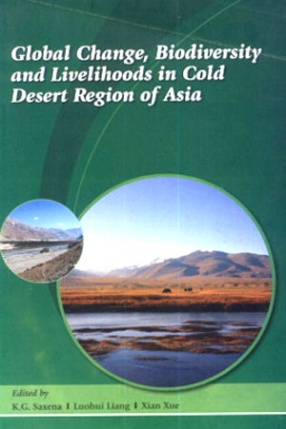
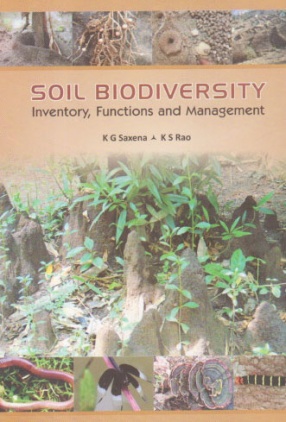
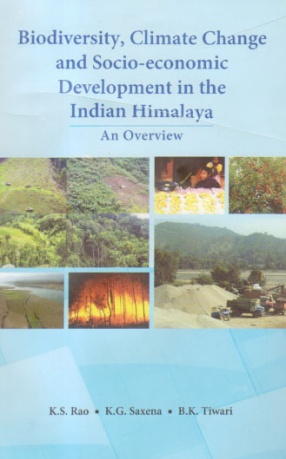
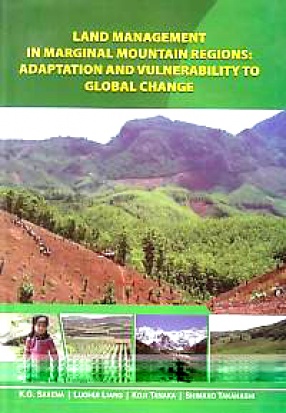
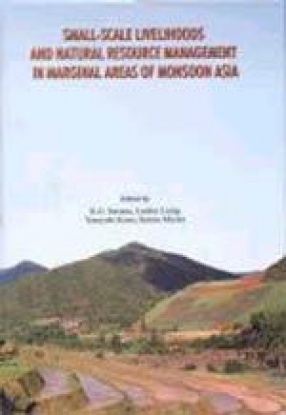
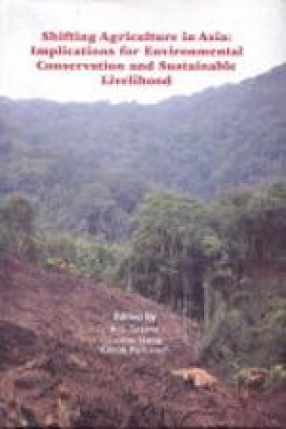
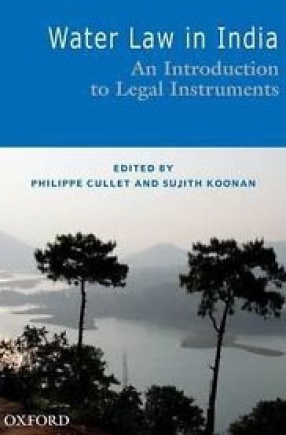
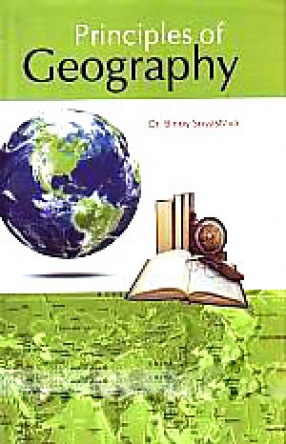
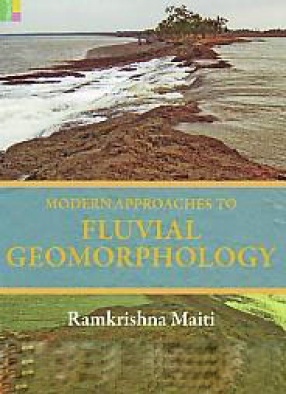
There are no reviews yet.